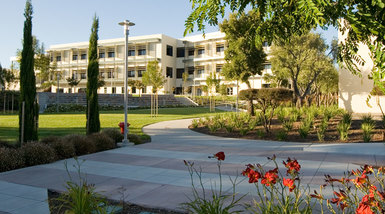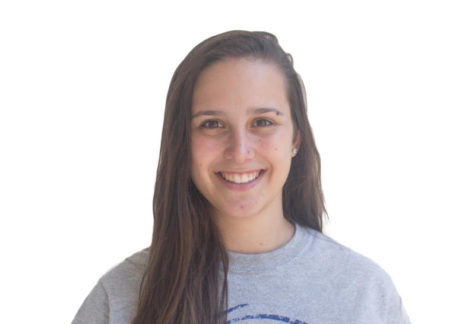
Social media and entertainment continue to portray high school as four years of varsity jackets, school rallies, and cliques. However, Middle College provides a contrast to what has come to be seen as the stereotypical high school.
Middle College is an alternative to high school for students who feel they would learn better in a different environment. These students transfer to a local community college and join the program for juniors and seniors in high school.
The program is designed for kids who want to get ahead in high school and college classes, desire more of an academic challenge, or simply want a change from the stereotypical high school environment.
In recent years, more attention has been drawn to middle college for Carlmont students.
“Getting the college experience is very unique and can help prepare students for the future,” said Carlmont’s Head Guidance Counselor, Tammy DePaoli.
DePaoli explained that students take both high school and college classes, based on interest and placement. She described middle college as a “non-traditional high school experience,” and emphasized the importance of maturity in the program.
According to DePaoli, students who thrive in Middle College usually find their high school to be the wrong fit, or are academically capable but not engaged.
Despite the academic benefits middle college provides, there are trade-offs to the program.
Carlmont has programs unique to the school that are not offered at Cañada.
This trade-off can be difficult for students such as sophomore Makenzie Smith, who is very involved with school spirit and programs such as AVID.
“I feel like going to middle college will get me into a better college because I did poorly freshman year, and I need help boosting my GPA,” said Smith.
Carlmont students who enroll attend the program at Cañada College, which is 20 minutes away from Belmont via car. Middle College is offered to students starting their junior year of high school.
In order to be accepted into the program students must first complete an application form. After this, applicants are required to take a placement exam and submit an essay, in addition to meeting various academic requirements.
Since the middle college program was established in 1999, the Cañada Middle College High School program has grown, increasing from 50 to the current 112 students. Carlmont has more students in the program than any other school in the district. However, there are a limited number of spots, and not all students who apply are accepted.
Students who are accepted for their junior and senior years almost always graduate high school with at least a full year of college credits, which is the equivalent of 30 credits. While students do get the GPA boost from their college classes, middle college itself does not necessarily make a difference to college admission officers.
Middle College Instructor Jen Petroelje explained that middle college is a different social environment than high school, with one of the major differences being that it requires students to be more mature and independent.
Petroelje said, “One appealing aspect is the small learning environment, it is very supportive and we get to know the students really well, as well as help with their letters of recommendation.”
Talk of middle college has become more common around the Carlmont campus, as more students transfer to Cañada for their last two years of high school. There are multiple reasons for the increase in students transferring, including the rise in both price and competition for colleges, as well as more personal motives.
Junior Julia Blumer, a middle college student, is expecting to go into a four-year college after graduating senior year. She said “I chose to attend middle college because I wanted to get ahead in school, and I wasn’t comfortable at Carlmont.”
Sophomore Elise Haugerud is planning to attend middle college next fall. She was exposed to the program through her older sister, who attended Cañada her final two years of high school as well, and graduated from Carlmont in 2015.
“I don’t like AP classes, but I want to get ahead in school because I plan on going to college for a while,” said Haugerud.
Elise’s sister, Helene Haugerud said,“I chose to attend middle college because I wanted to start more challenging classes and get a head start on college. The free college aspect was also pretty appealing.”
Haugerud is currently a freshman at UC Davis, and has almost reached the credit requirements to be academically qualified as a junior, meaning she is close to two years of credits ahead of her grade.
The first step for Carlmont students who are interested in Middle College is speaking to their counselors about getting more information, and filling out an application.
“The program has grown because students have begun to realize that the high school environment doesn’t work for everyone,” Petroelje said.












Jen B • Mar 11, 2016 at 8:38 am
Sophie, thanks for taking the time to write about Middle College. As one of the teachers of the program I can say that you did a great job in helping those who might be unfamiliar with our small program to better understand what it’s about and what kinds of students we serve. My only question is about how you reached the graduation rate of 84%. To my knowledge, that number should be higher. It’s rare for us to have a student who doesn’t meet graduation requirements (a large majority will complete A-G requirements as well), though we do sometimes have to ask students who aren’t succeeding in college course work to return to their home high school. Just wondering about this aspect. Again, thanks for learning about our program and sharing the information with others!